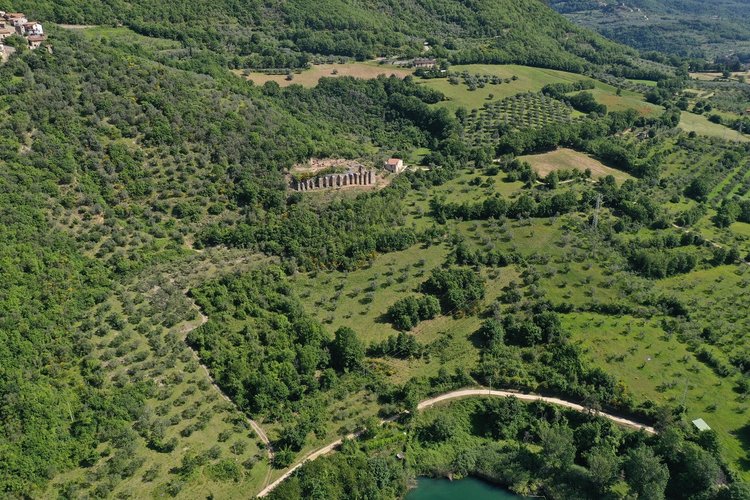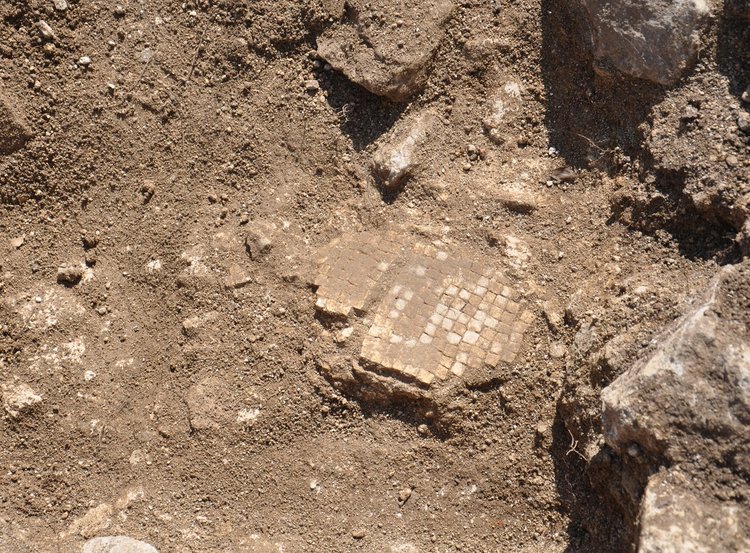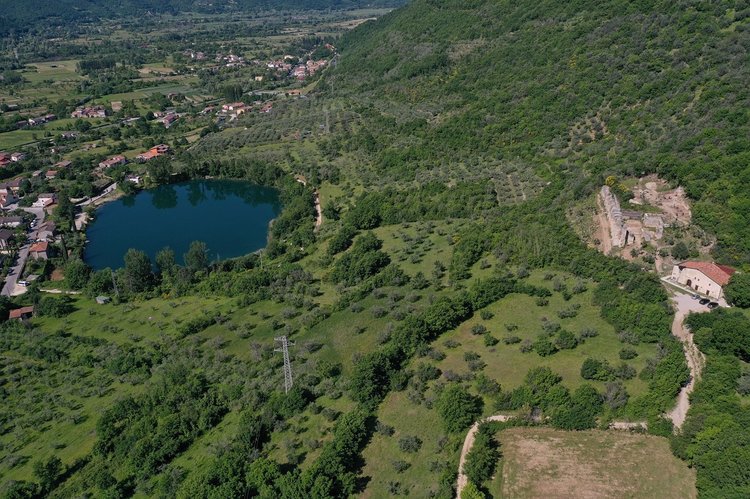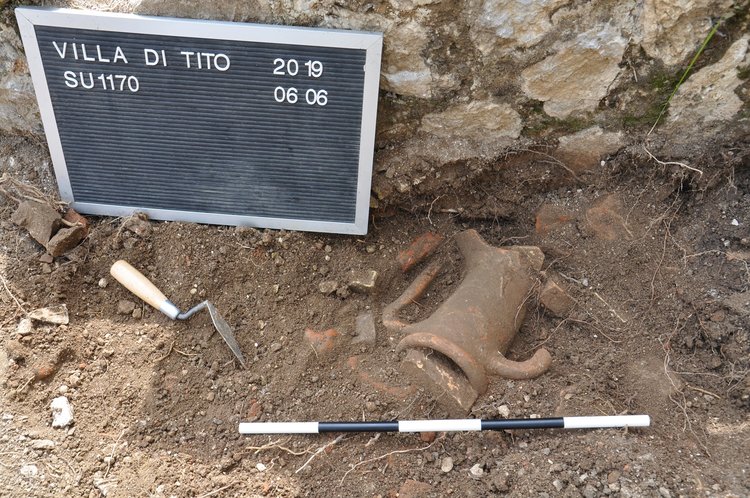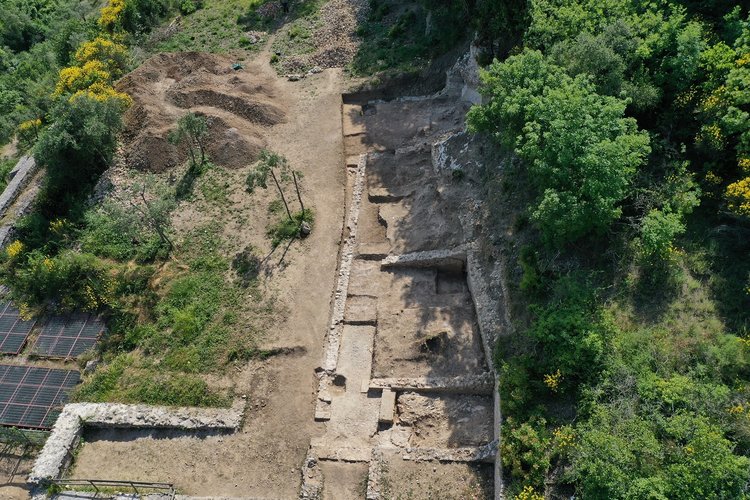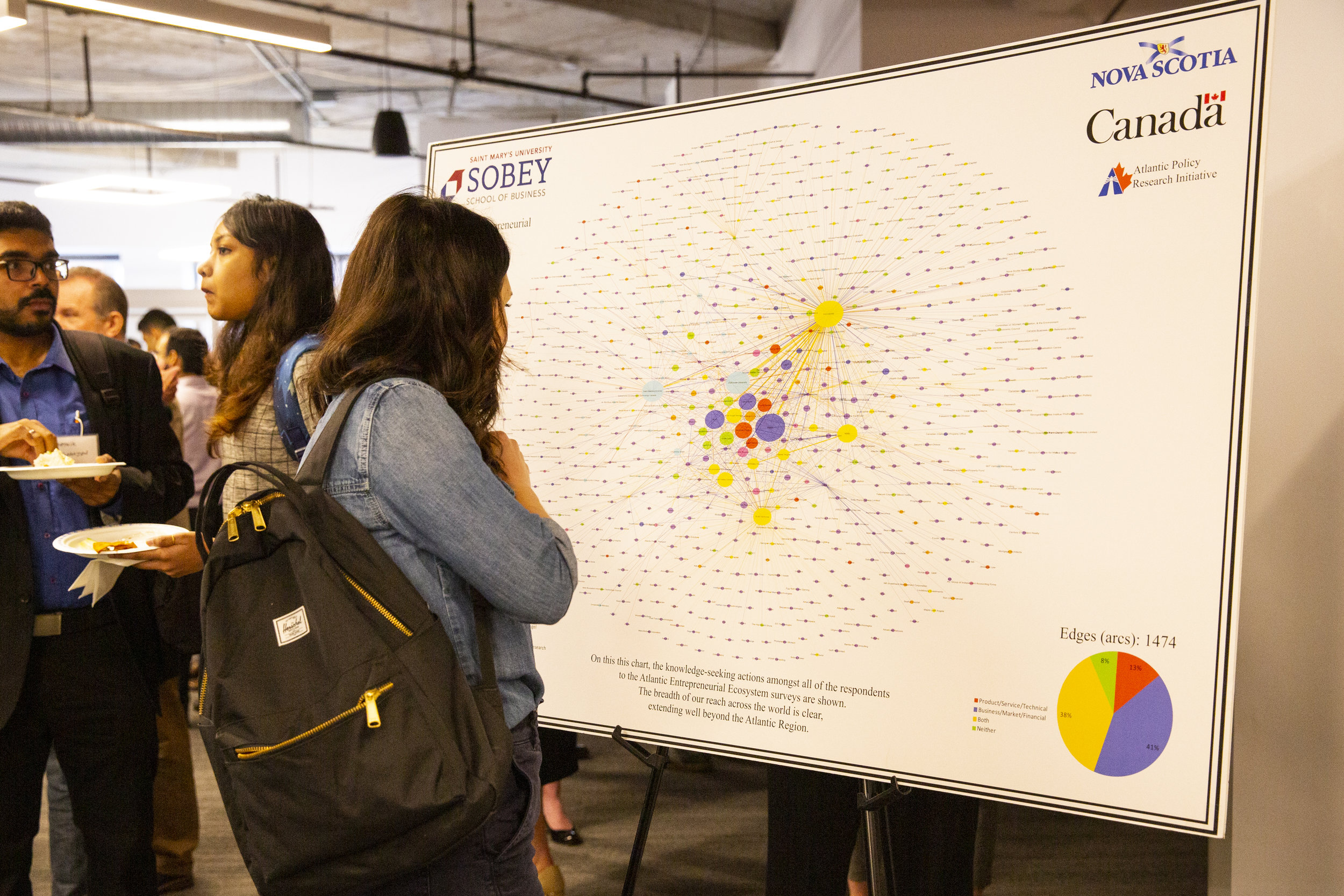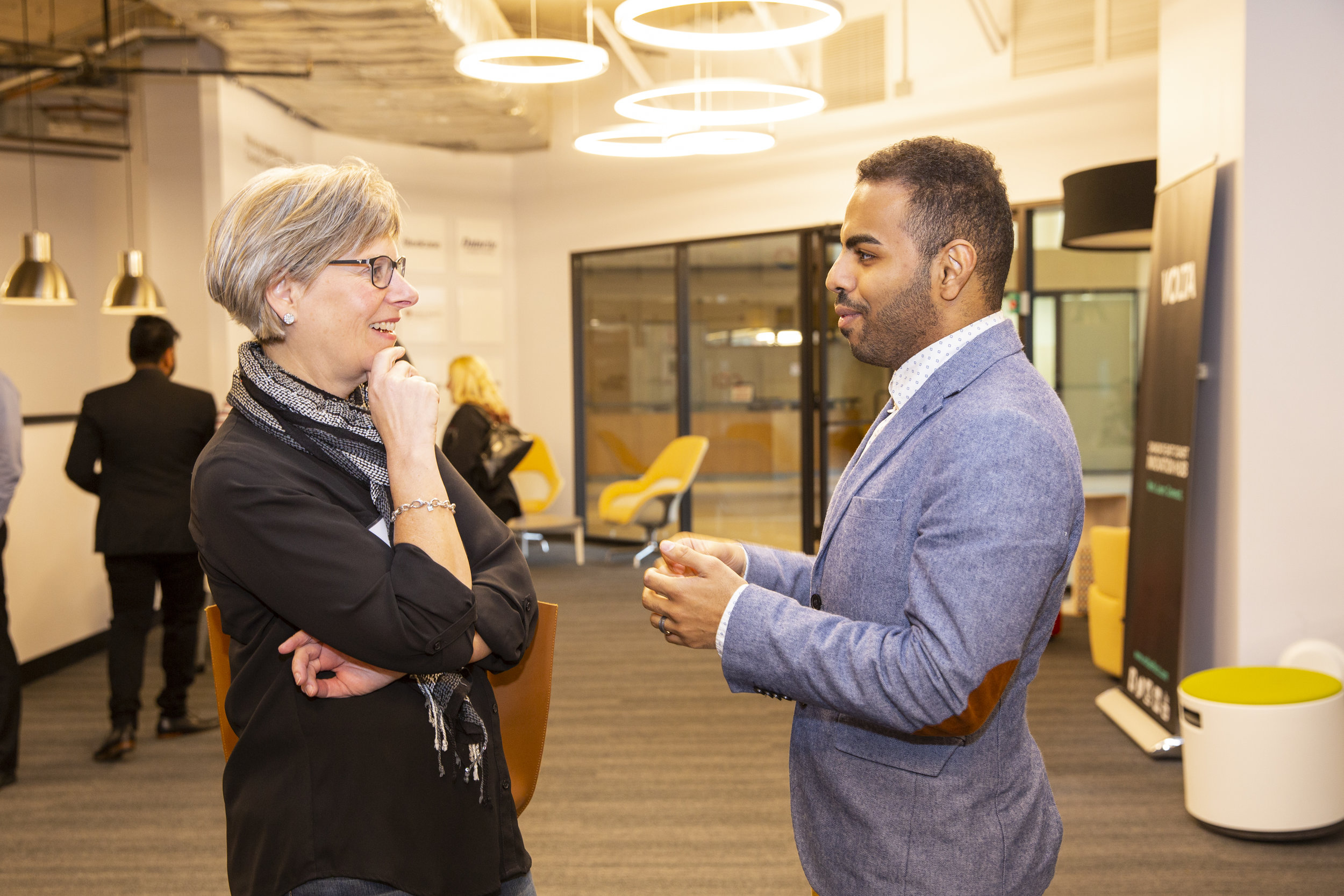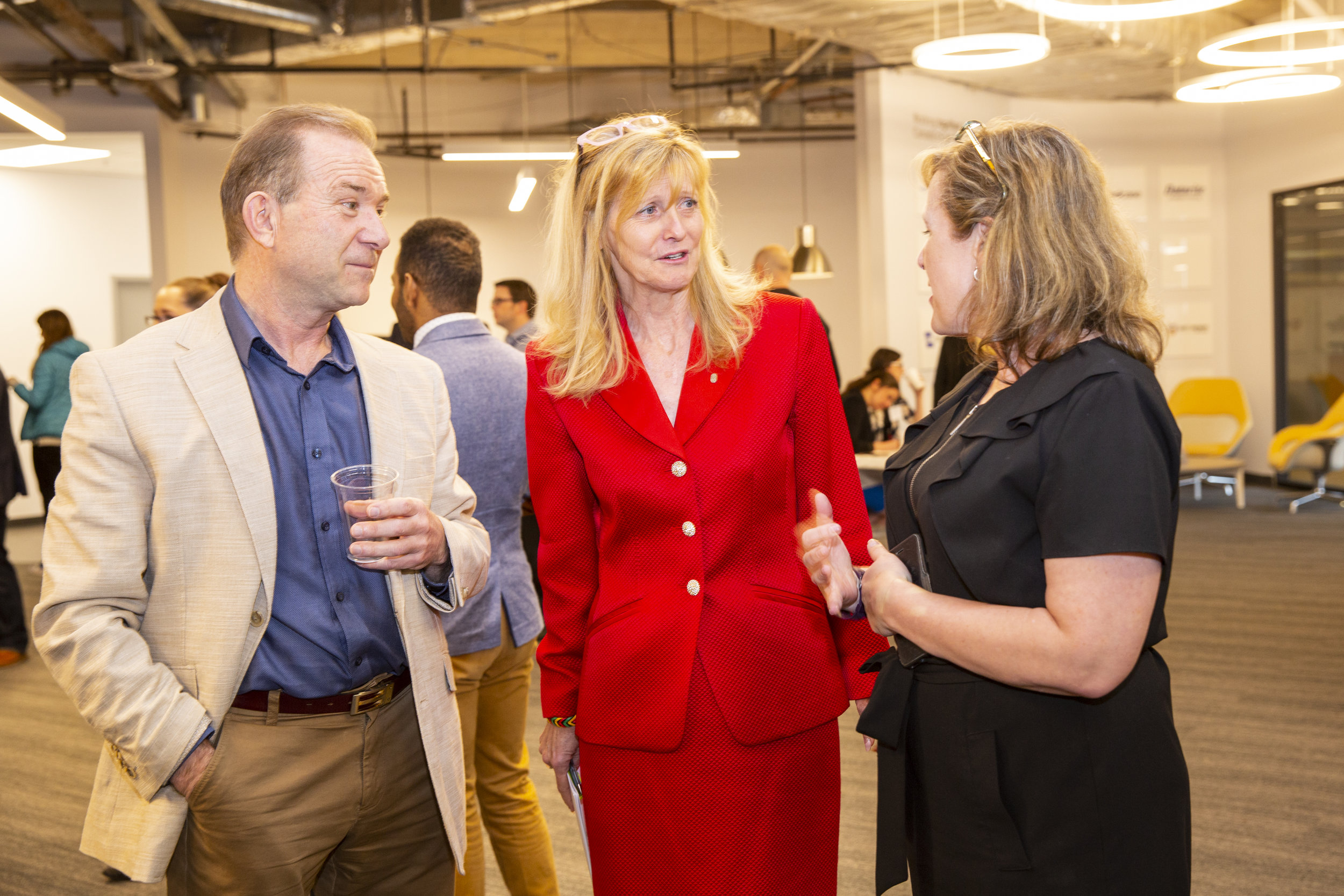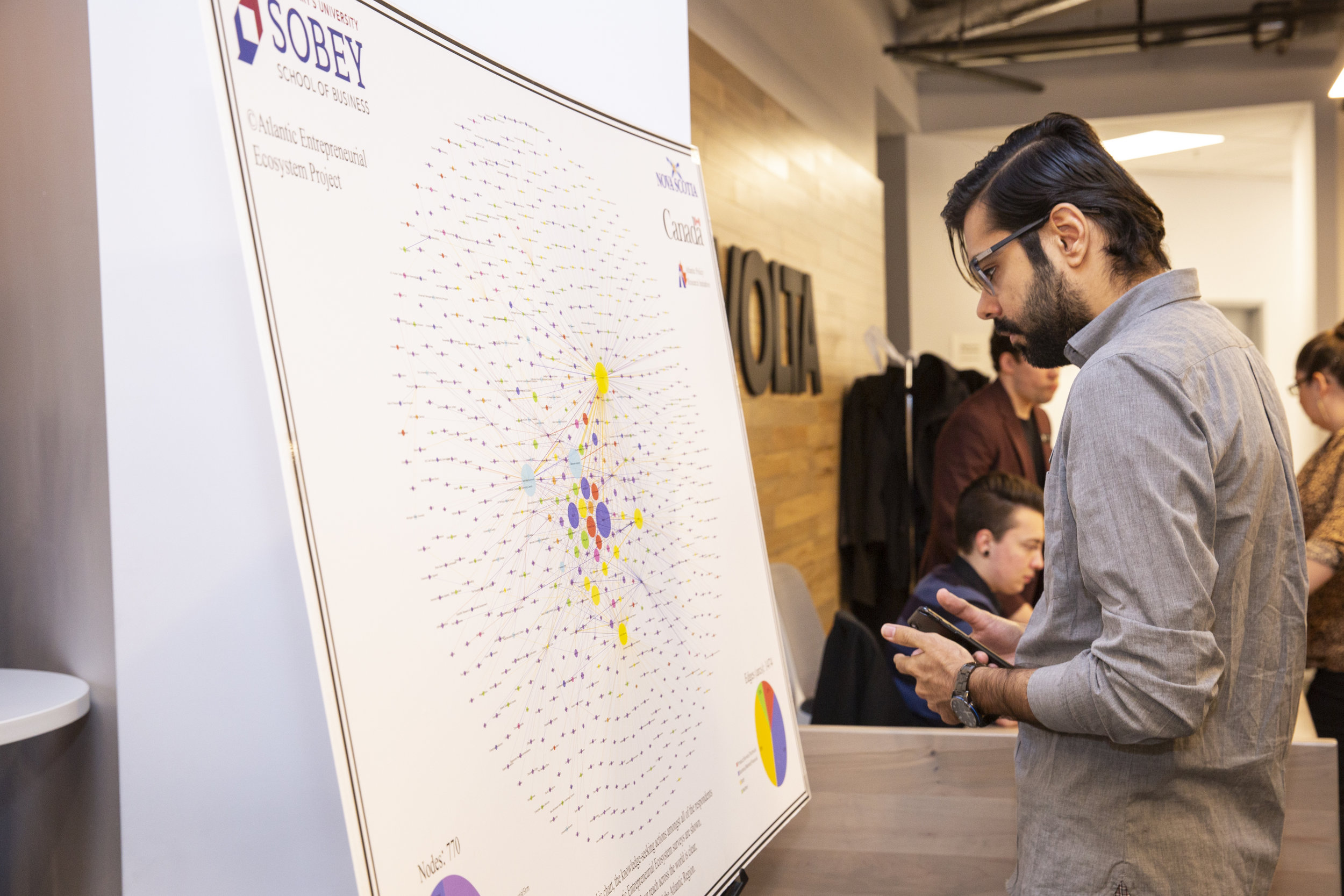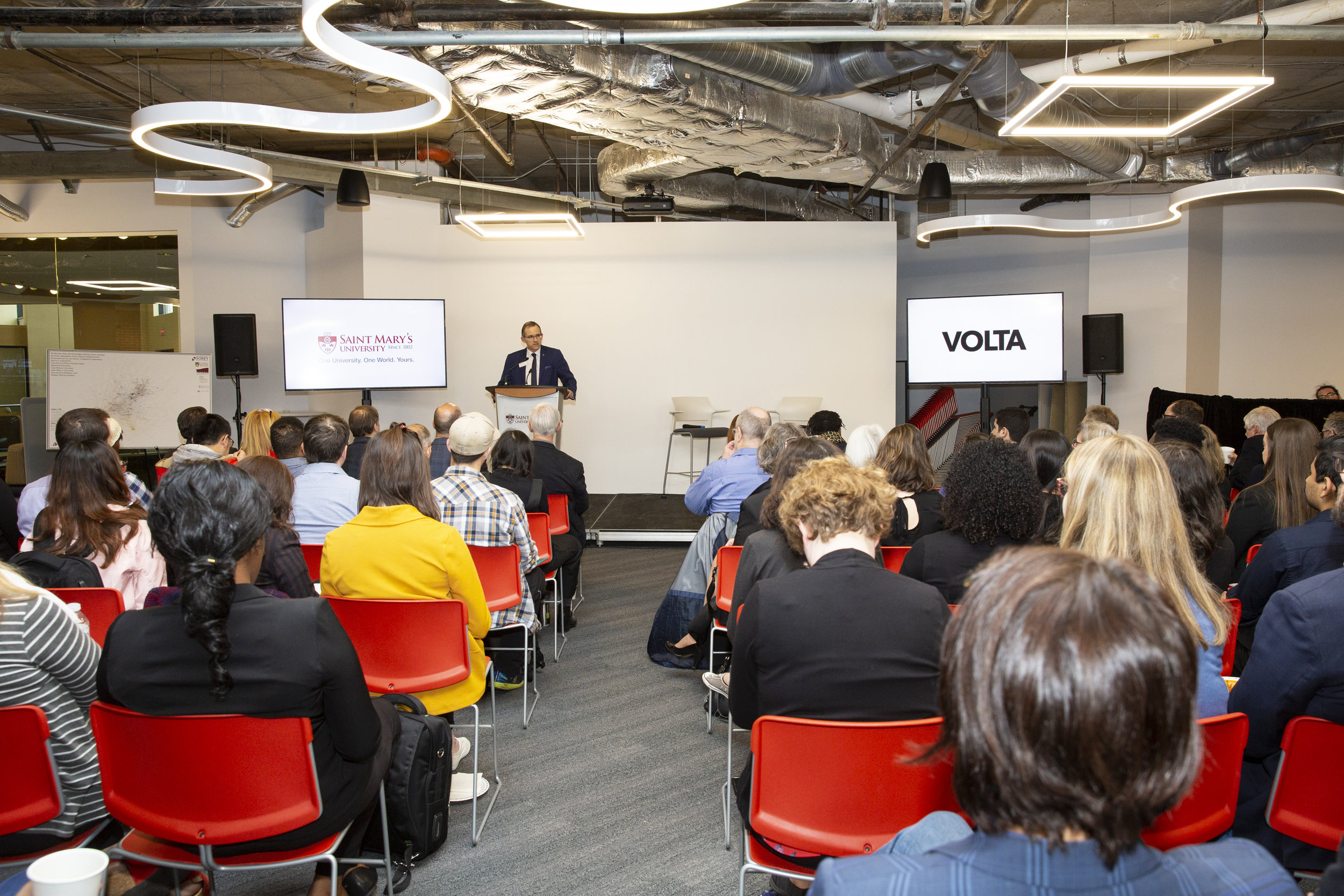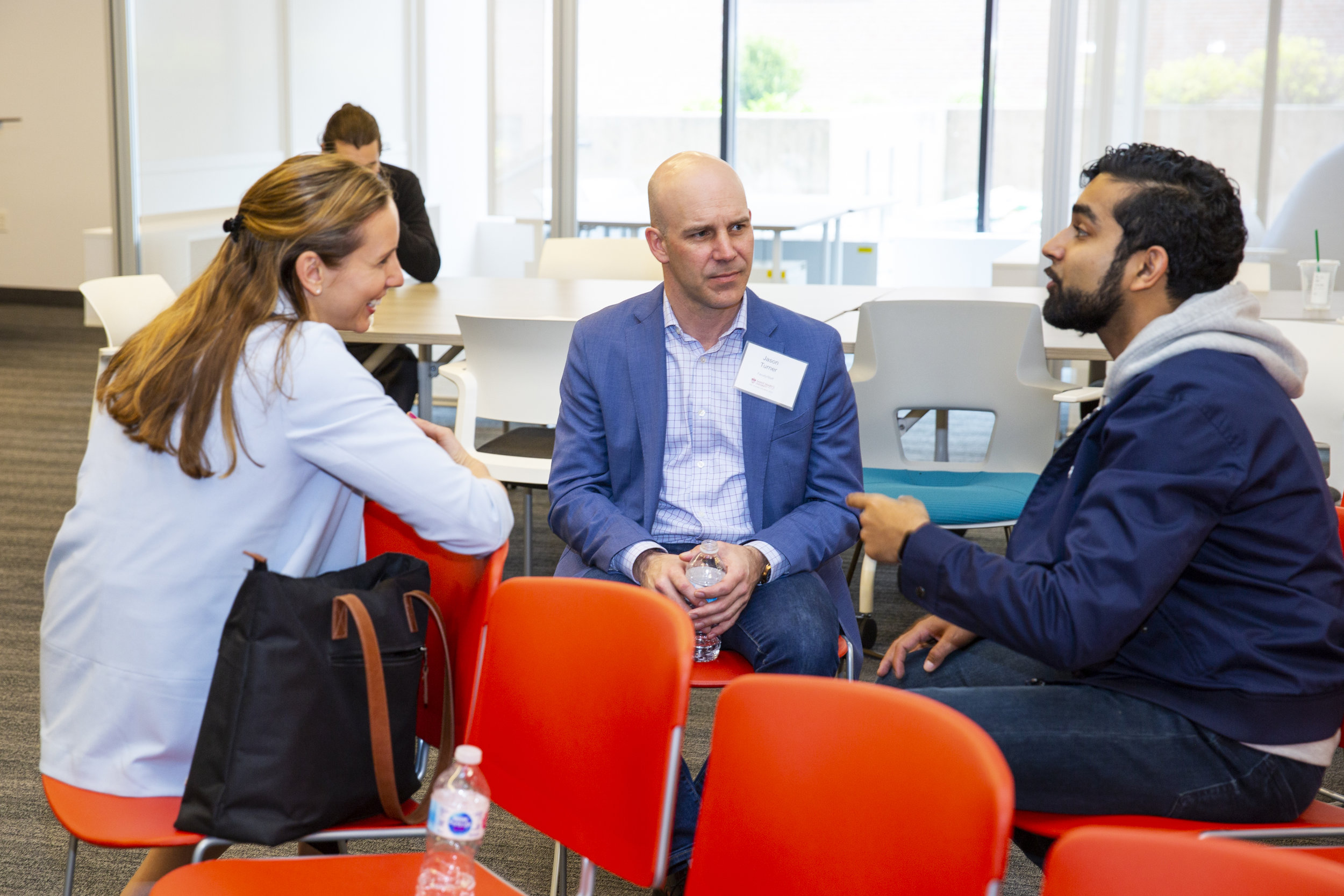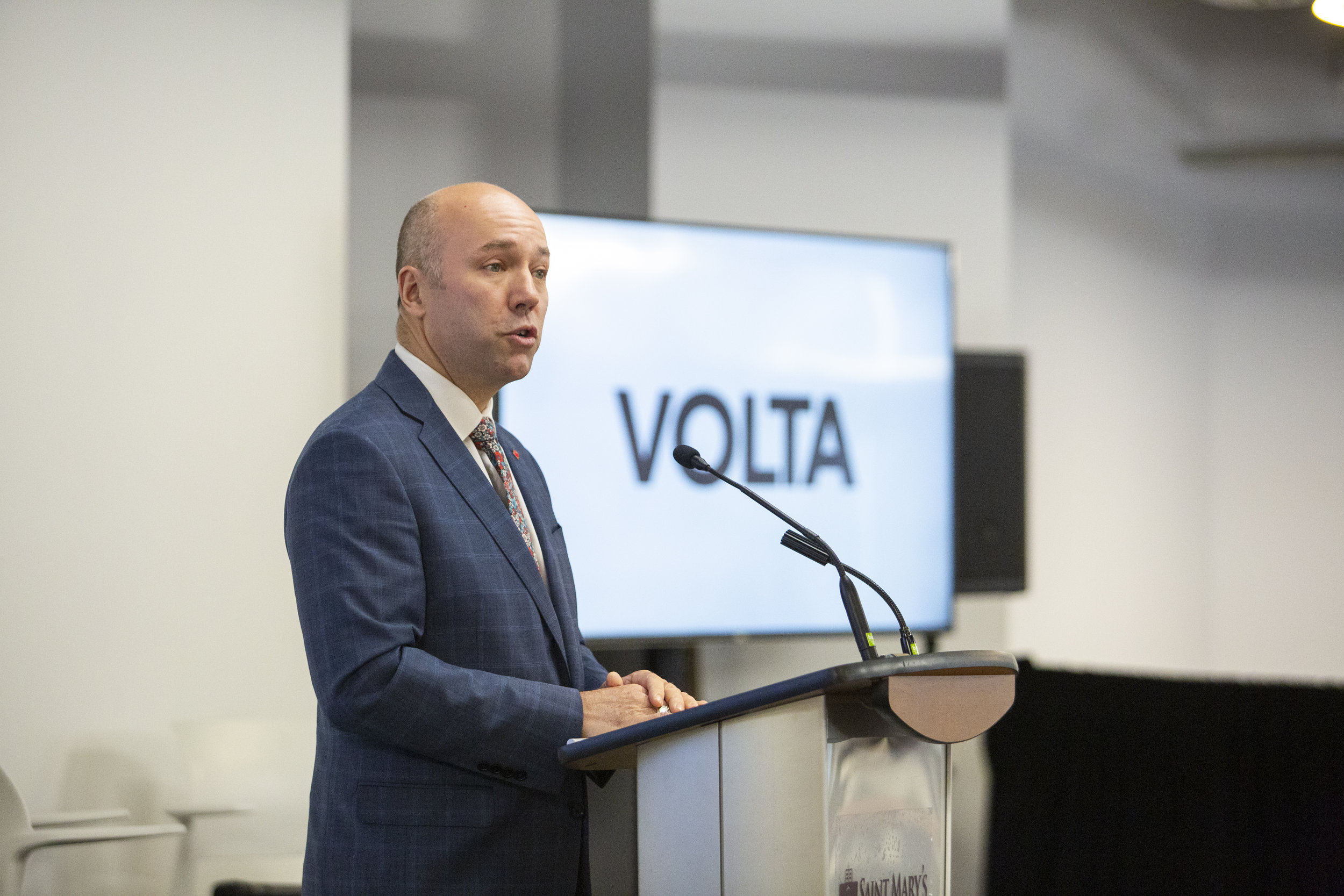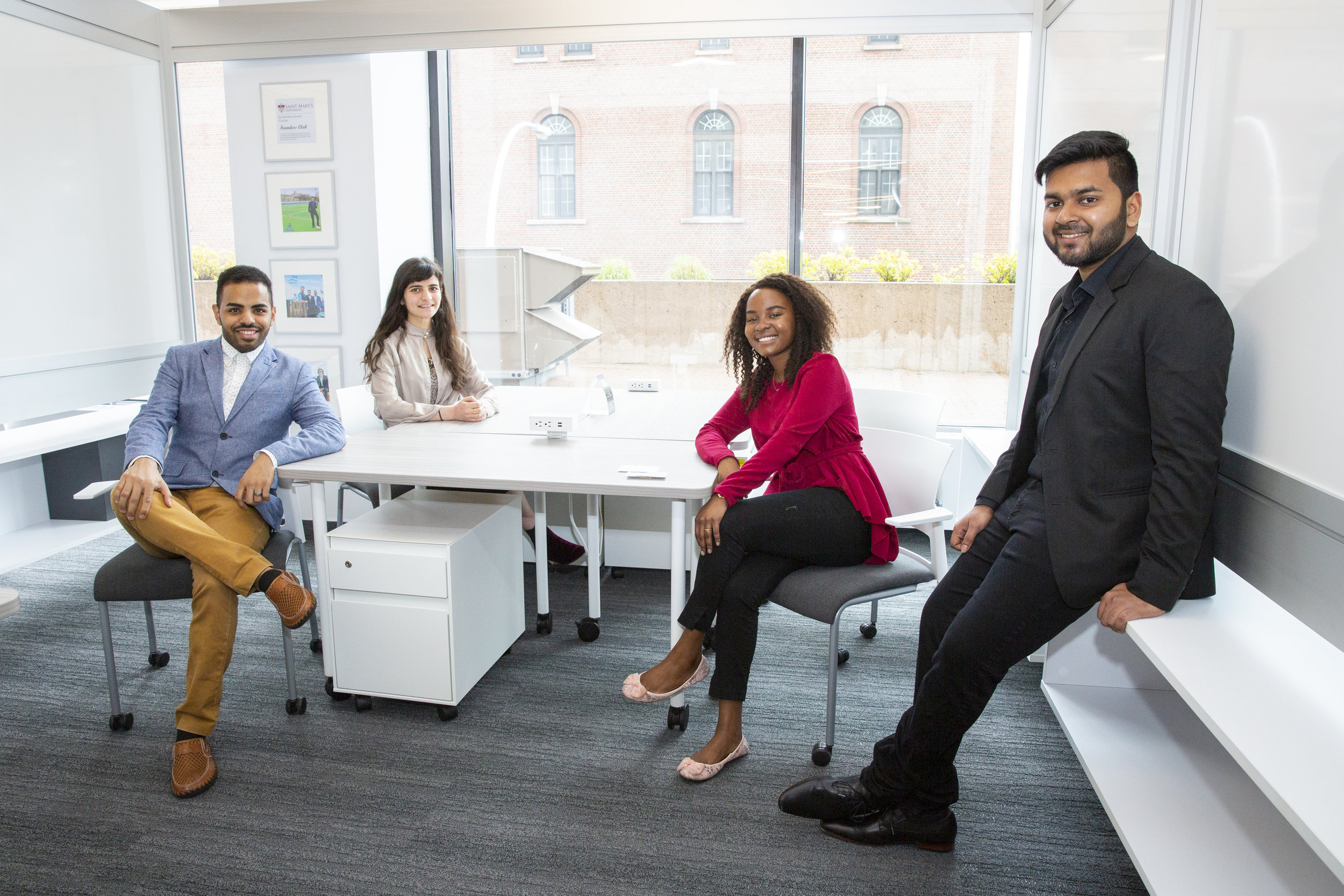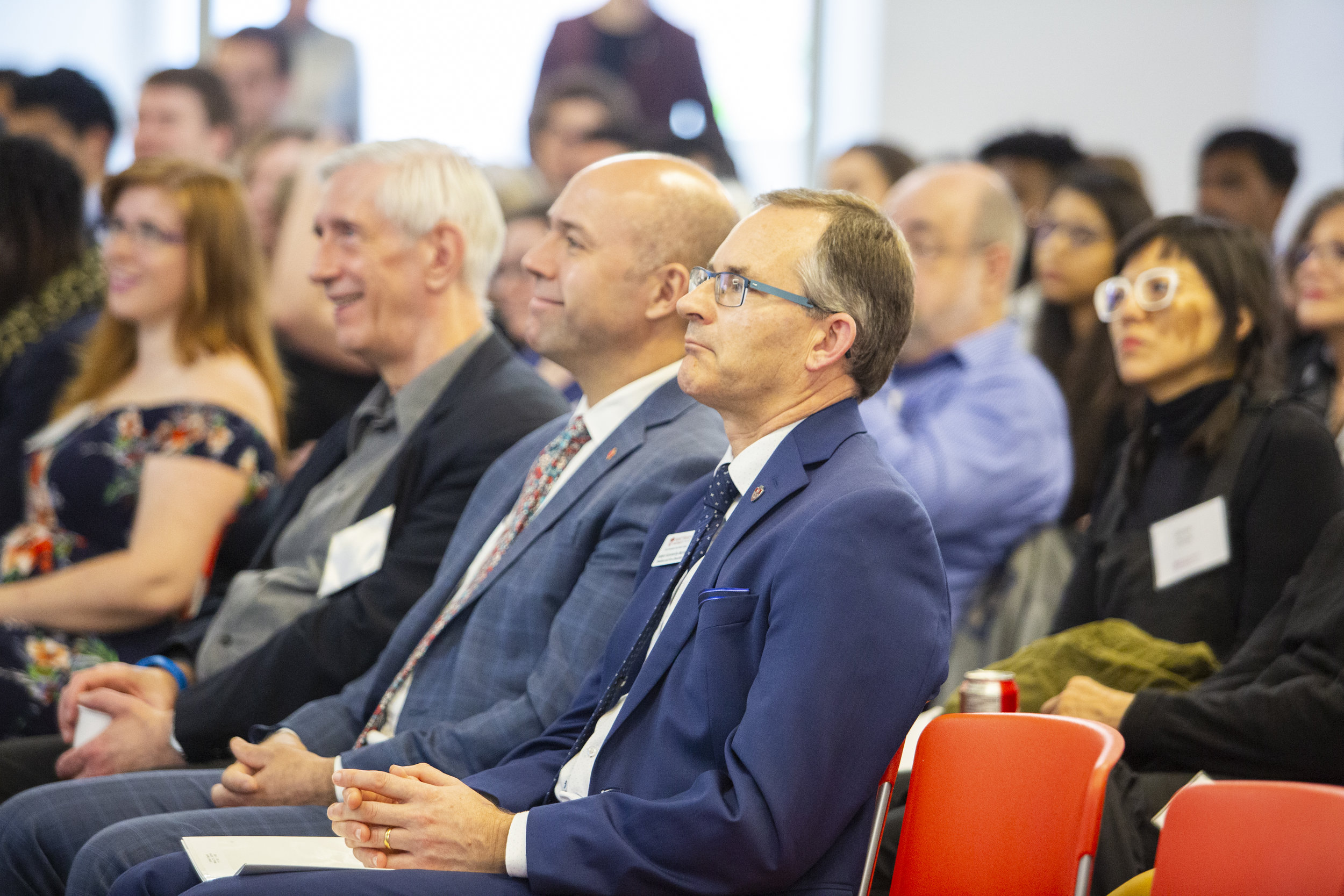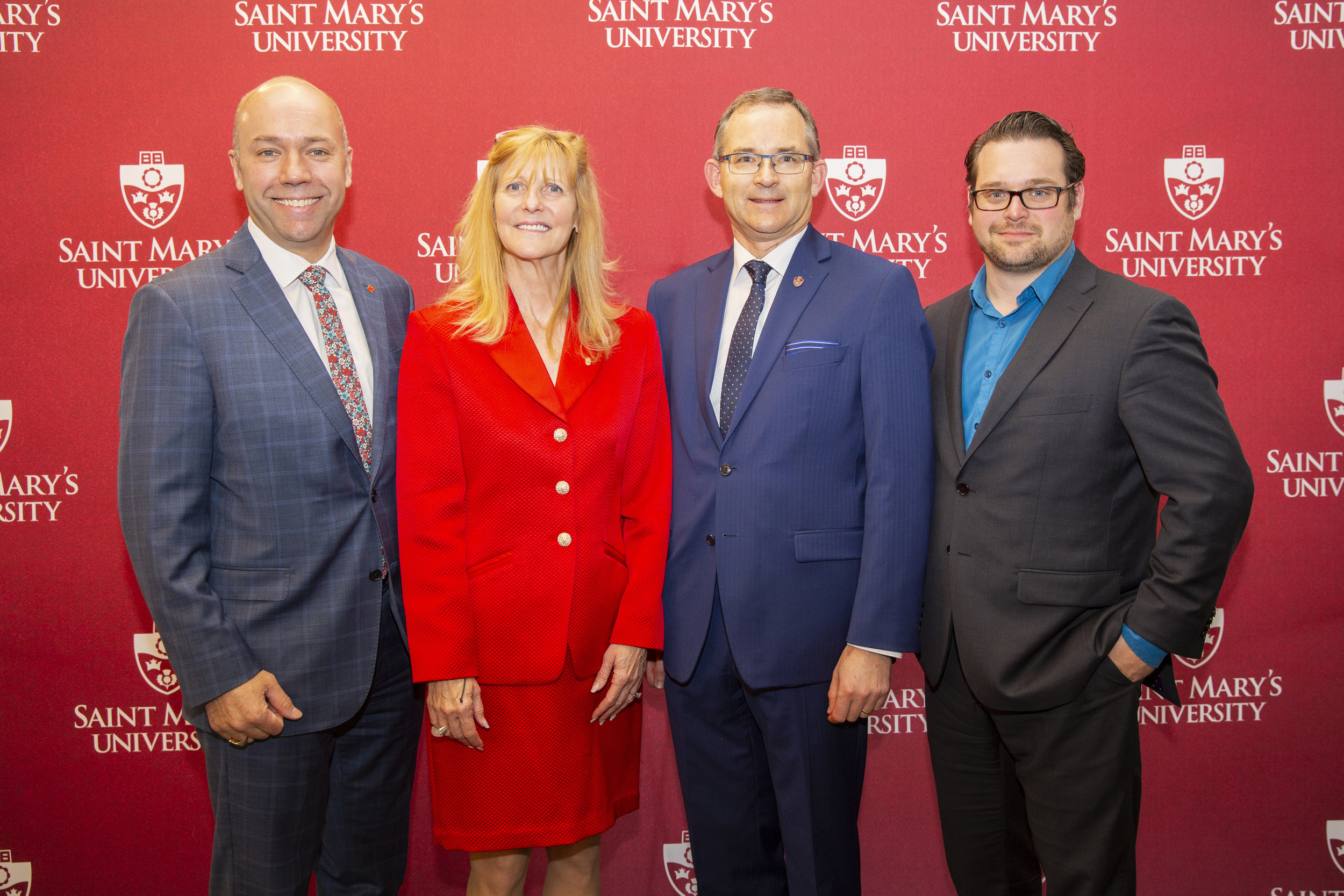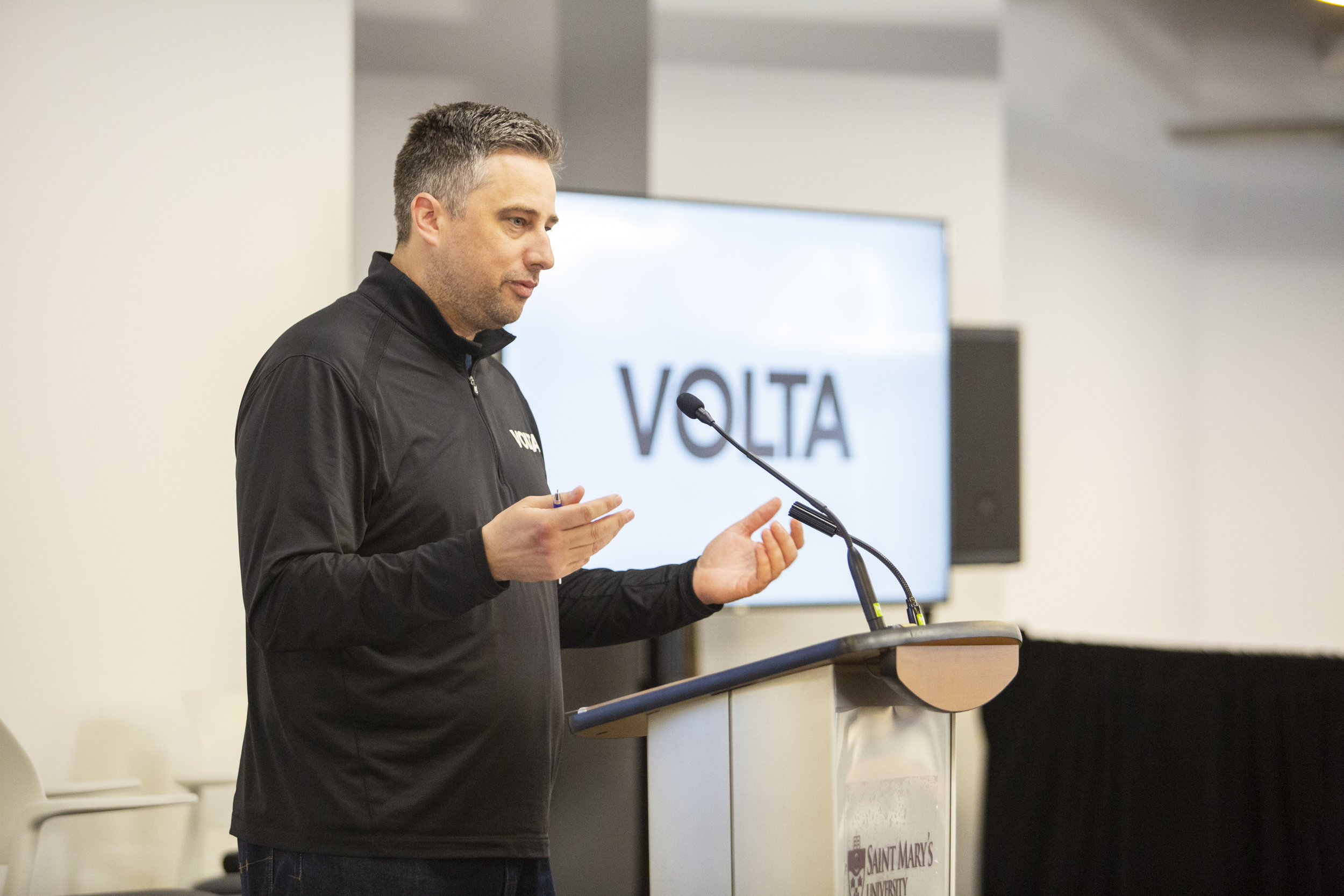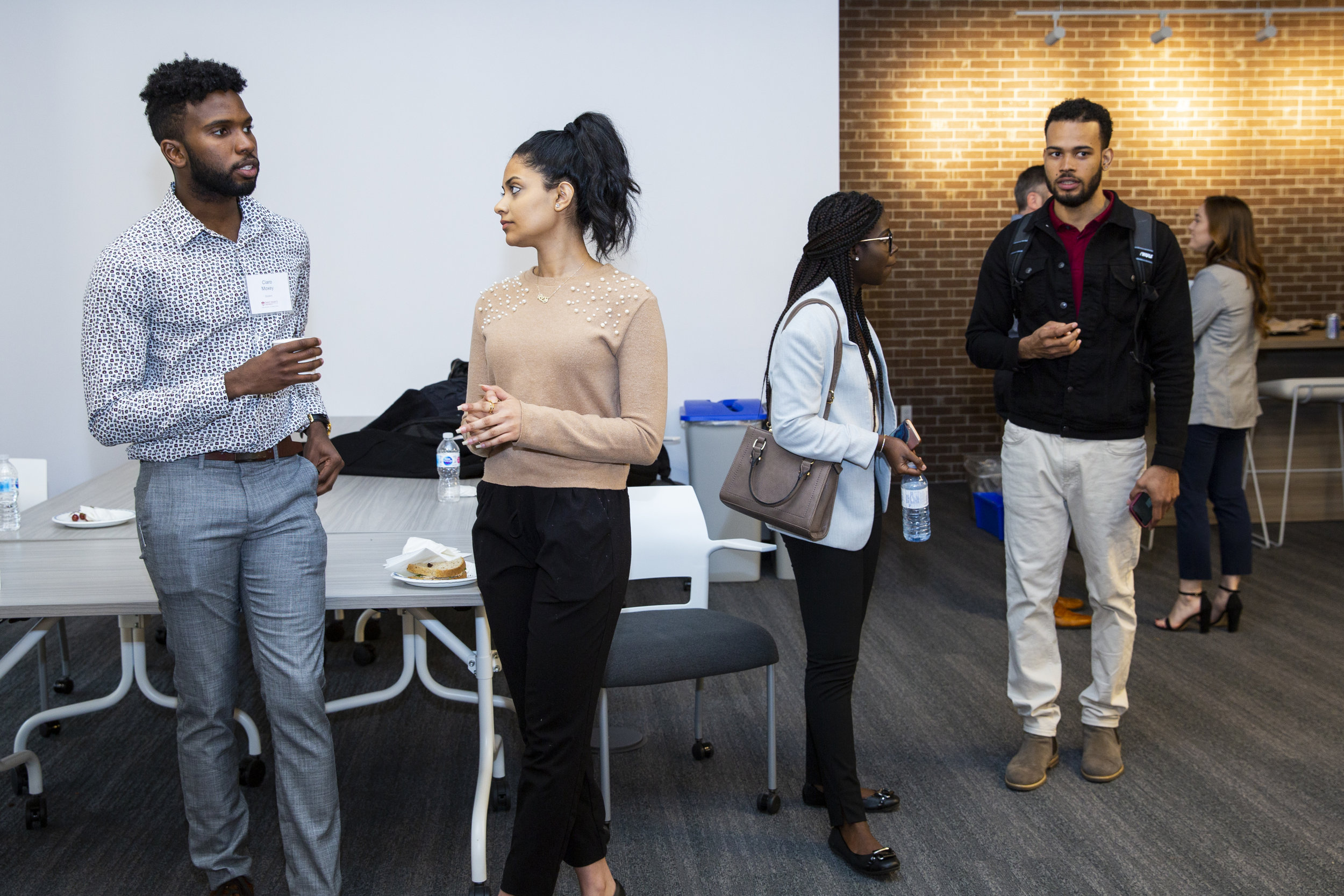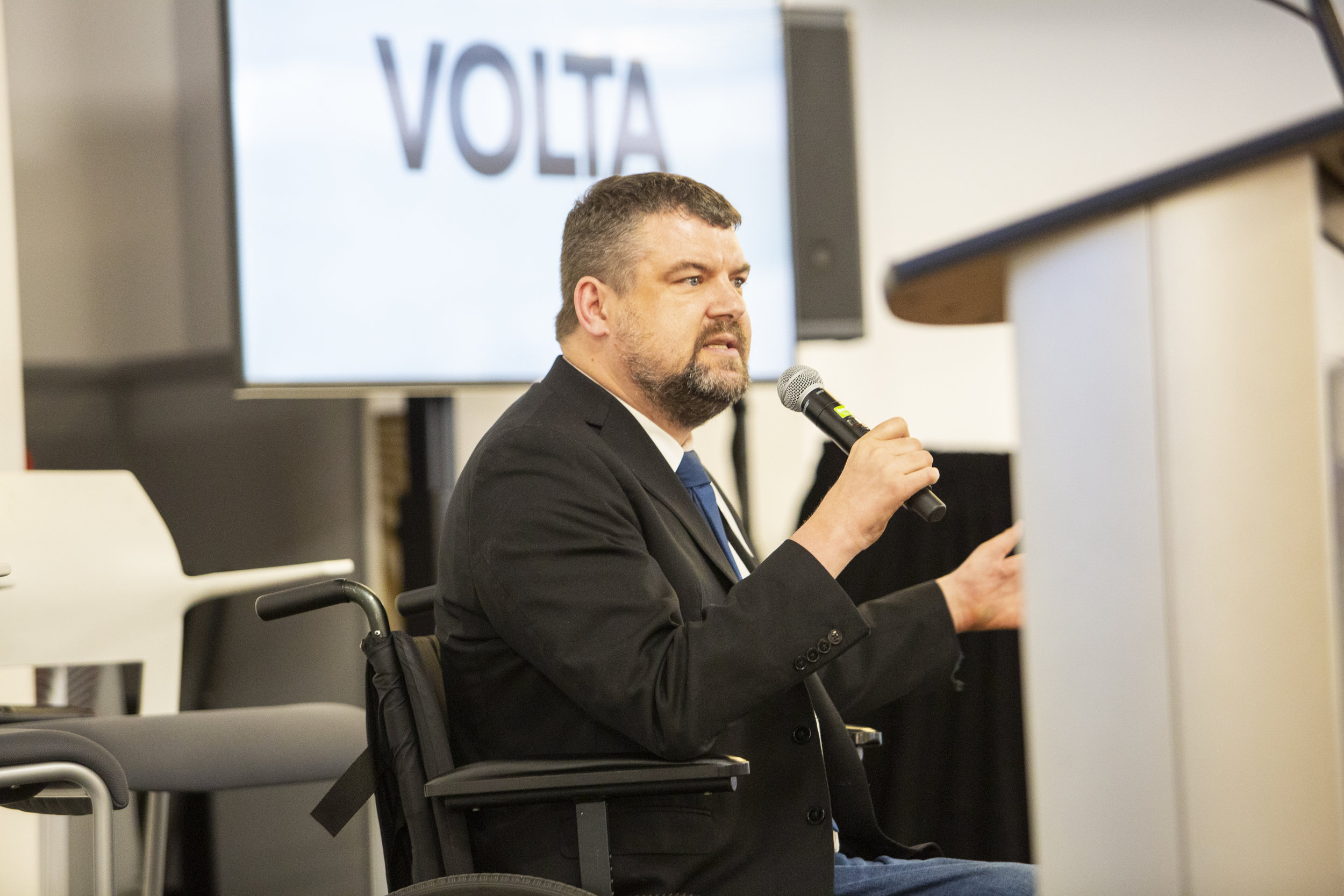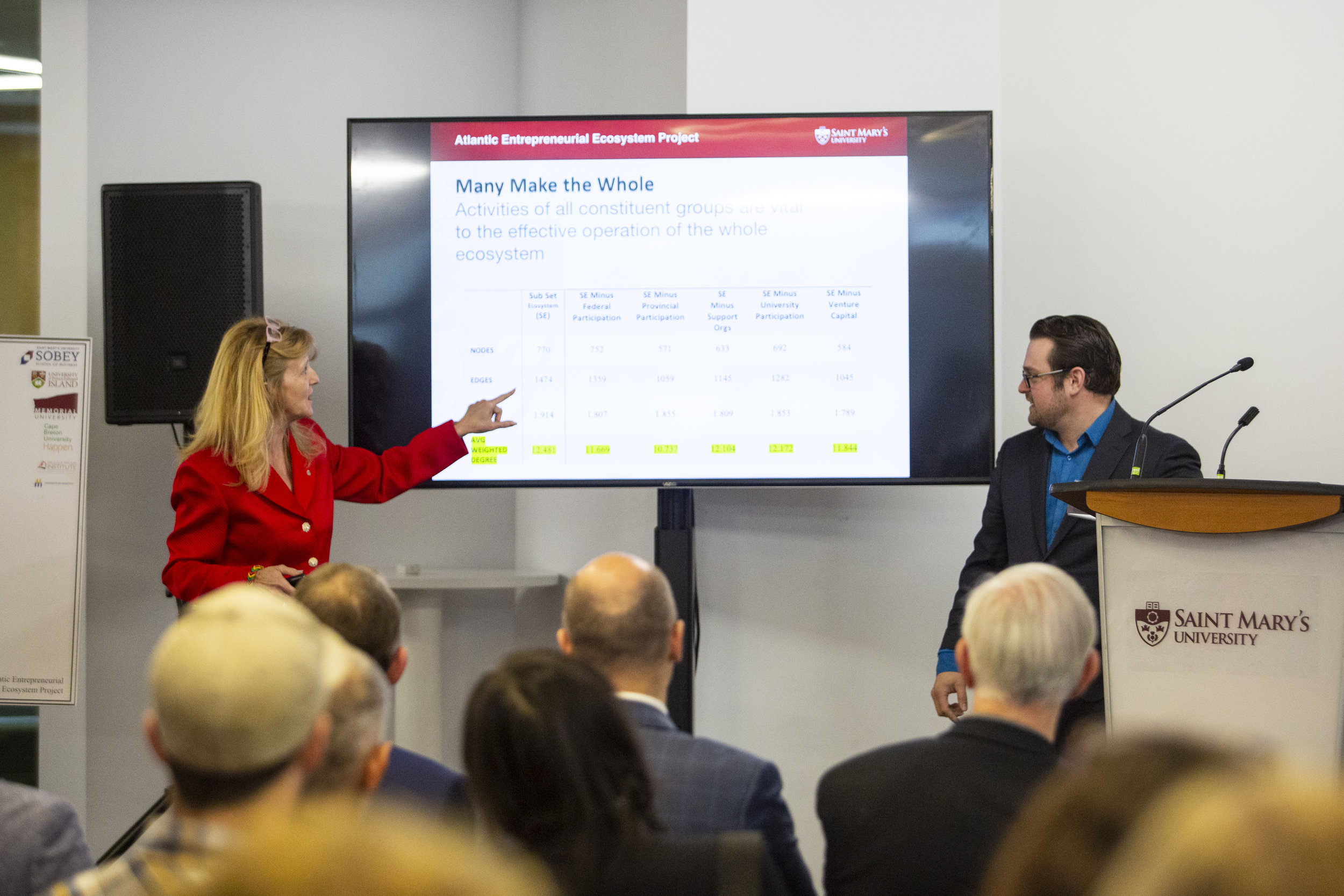Dr. Danika van Proosdij, whose research aims to help coastal habitats adapt to climate change, has just been elected as a Fellow of the Royal Canadian Geographical Society (RCGS).
“I’m really honoured and grateful for the nomination,” says the Professor of Geography and Environmental Studies. She was inducted to the esteemed organization during its College of Fellows Annual Dinner and 90th-anniversary celebration, held November 21 in the Canadian Museum of History in Gatineau, Quebec.
She joins two other geographers from Saint Mary’s who were previously elected as Fellows: Professor Emeritus Dr. Hugh Millward and the university’s President Dr. Robert Summerby-Murray. Having three Fellows here “speaks to the strength and depth of our program, and our commitment to the discipline as a whole,” says Dr. van Proosdij.
Dr. van Proosdij working at the Converse site.
Just a few days after the gala ceremony, she was back out in the wetlands on a site visit to the Converse Marsh Managed Realignment Site, near Amherst.
She and the Saint Mary’s-based TransCoastal Adaptations team hosted the November 26 visit for a progress update to stakeholders on the five-year “Making Room for Wetlands” project, funded by the Department of Fisheries and Oceans’ Coastal Restoration Fund.
The team has been working collaboratively with Nova Scotia’s Department of Agriculture, CBWES Inc. and other partners in an effort to restore salt marshes in several areas. For coastal communities, salt marshes form the first line of defence against rising sea levels and storm surge, so restoring these ecosystems aims to help protect communities and coastal infrastructure. Work started a year ago at the Converse site, where sections of the old dyke were removed and realigned to allow tidal flow back into the area. Monitoring data collected by staff and students over the summer indicates that 15.4 hectares of salt marsh have been restored and the site is recovering well.
Saint Mary’s is a key player in the Atlantic region’s growing interdisciplinary hub for coastal adaptation research. In another project, “Making Room for Movement”, funded by NRCAN, Dr. van Proosdij and SMU students are exploring the social science element and working closely with Dalhousie’s School of Planning and its School of Resource and Environmental Management. Collaborating with other Saint Mary’s departments is also proving very beneficial.
“As we’re restoring some of these landscapes, a real added benefit has been the inclusion of archaeology,” says Dr. van Proosdij. “Getting an understanding of the historical use of that land helps to inform our restoration design, and to form better connection and communication with rights holders as well as stakeholders. It’s fascinating to be working on a landscape and looking at the juxtaposition between modern techniques and old techniques, and the value of the voices of those who have come before.”











